Your Artistic Style & How it Evolves
First and foremost, it’s important to find YOUR artistic style. Sure, we, as artists, find inspiration in other artist’s work, but we need to make our own mark. We are all unique. We need to celebrate our differences and find our own way. Once you find your artistic style, people will begin to recognize your work, your “look” in the marketplace. Below are some questions you may have pondered regarding artistic style. (this article is geared towards art licensing, however, many of these questions can be helpful to all artists)
How does an artist find their own style?
Through creating works of art. When you are just starting out, find what inspires you. Maybe you’re a gardener and you find joy in flowers, bees, birds and nature. If so, paint it. Play around with subject matter that reflects who you are. Try different mediums as well, watercolor, acrylic, mix media, etc. Through practice, trial and error, taking risks and just “letting go” when creating, you will develop your own style. Be patient! It might not happen overnight and remember the journey is 90% of the fun!
Another way you will know when you find your artistic style…..you won’t be able to stop yourself! The ideas will flow like a river, you will find inspiration easily and your sketchbook will fill up with more ideas than you can possibly paint.
Is a shift in artistic style good for an established artist?
Yes, it’s an evolution, you grow, you change, it’s natural and I believe necessary to stay inspired.
My art has changed 10 fold since my career started over 25 years ago. In the beginning I was selling my original watercolors at art fairs (florals & portraits), then moved into the “country” theme (painting teddy bears, santas, snowmen) and did craft shows for a couple of years which led me into starting a wholesale business, Primitive Folk, selling framed prints of my watercolors. My style at that time was not detailed at all, very muted earth-tone palette and loosely painted.
Below is a note card I painted for our business, Primitive Folk, Inc. in 1996. ( I still love our Primitive Folk logo with the lamb pulling the bunny cart )
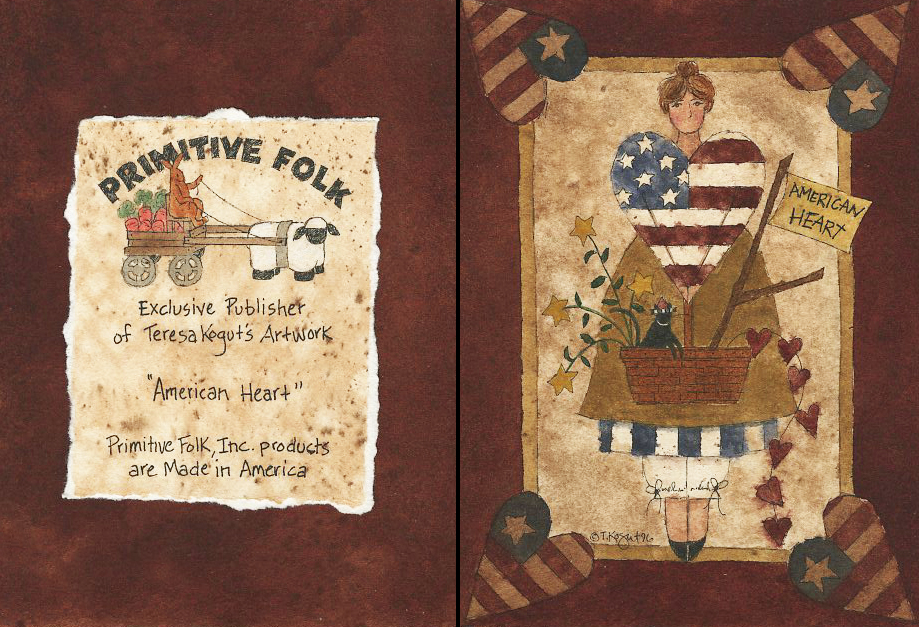
Here is an clear example of how my art has changed. My first calendar image next to a more recent calendar image.
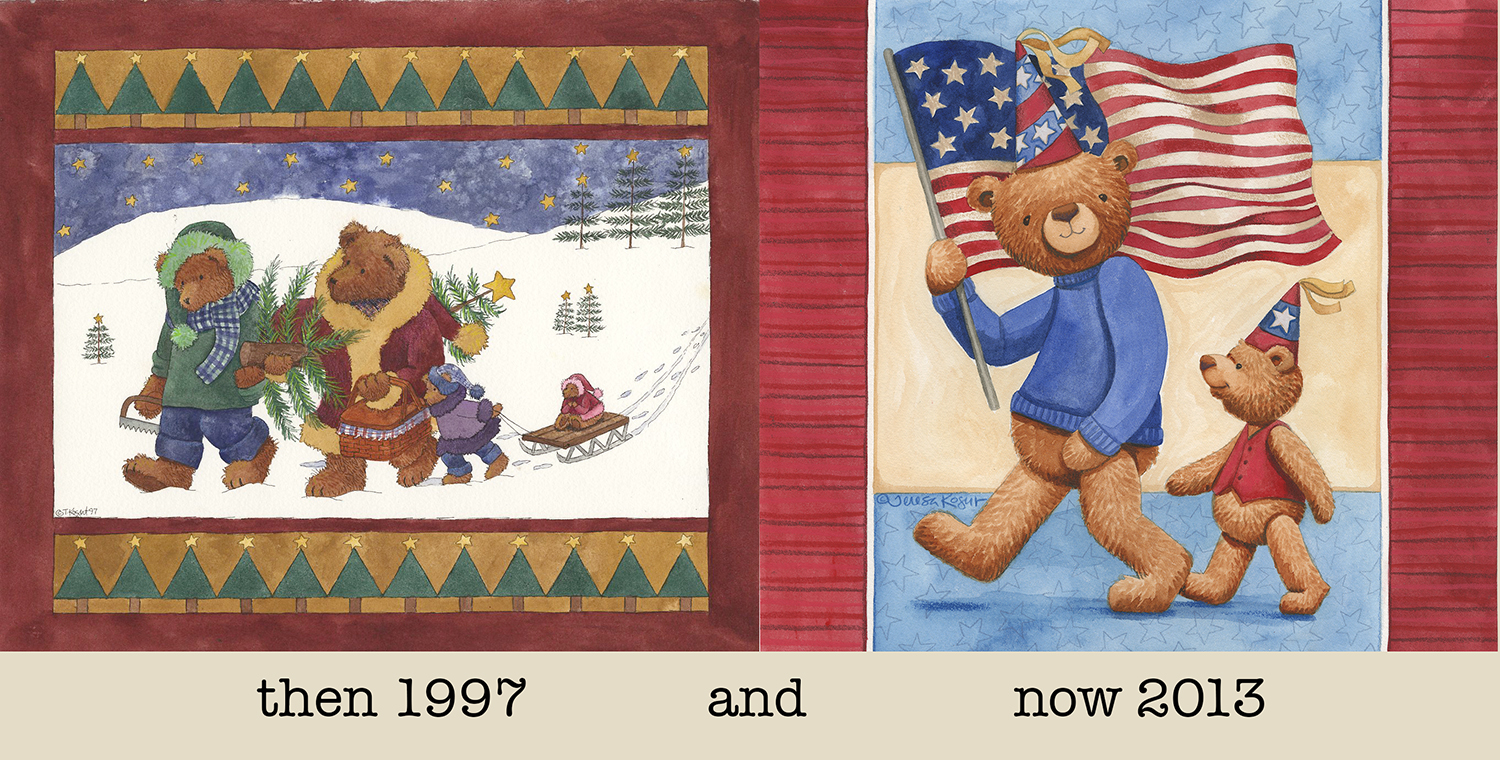
Quite a difference! It’s not as if I made a conscious decision to change the look of the calendar….it just happened over time. I remember when I first started to paint bears, I use to set up stuffed bears to sketch them, but now I think I could draw a teddy bear in my sleep!
Another thought about shifting your artistic style once you are an established artist, not only will your style naturally change as the years go by, but there are times when you may just want to try something new.
I was uninspired in what I was creating. I felt like I was in a rut. So I took on a new challenge and started painting with acrylics (watercolor was my mainstay over the previous 20 or so years) Around the beginning of 2010, I started not only painting with acrylics, but I went back to my roots, so to speak, into a more folk art style. Here is an example.
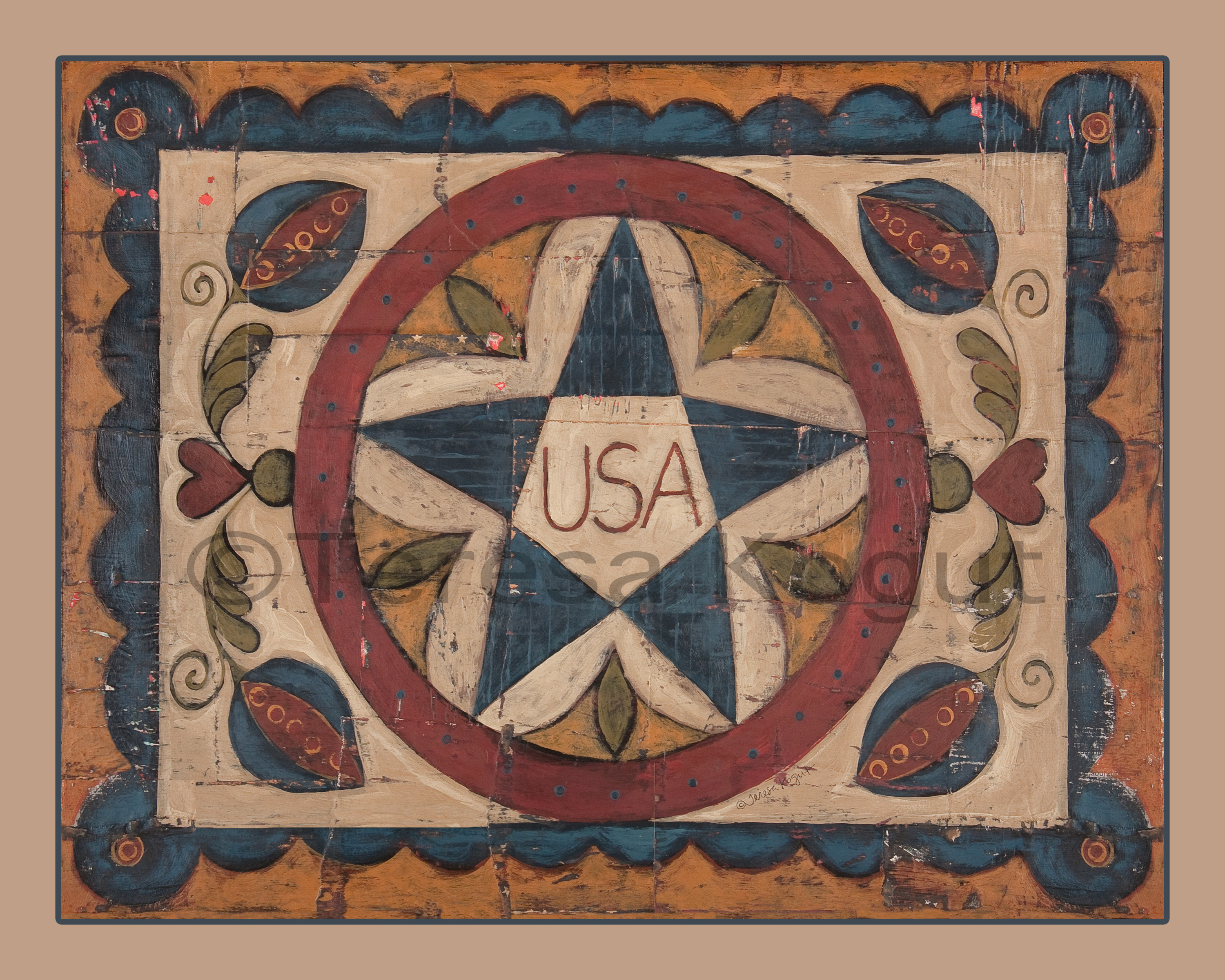
I found immense joy in painting with acrylics and still have a sketchbook full of this early-American-style art. I went from painting this, to my angels. Again, fell in love with painting them as well. Because the angels found favor with my licensees, I focused on building a library of angel images and the early-American-style art took a back seat.

However…I didn’t quit painting my watercolors. I have licensees that still need that art from me because their customers want that particular look. I do my best to fulfill the needs of my licensees. I will admit, the more artistic styles you have the harder it can be to keep each portfolio up to date. Basically, if a certain style isn’t licensing and there isn’t a need for it in the marketplace, move on, try something new. It is refreshing to try new creative things and by doing so it can take you to new heights……not to mention, in the licensing industry everyone always wants new, new, new.
Should current trends influence my artistic style?
Instead of following trends, set them yourself. By the time a color palette or theme becomes trendy, you may be too late because of the time it takes to create the art> license the art> art becomes products> products hit the shelves…it takes up to a year or more. I’m not saying don’t use colors that are “on trend” but don’t wait until you see them on the store shelves because you are too far behind. Stay ahead of the game by following pantone. Here is the Spring 2016 color trend report.
I have said this many, many times and I will be saying it many, many more times……paint what you love, paint from the heart, don’t be a slave to trends. Keep in mind, too, that just because a color is on trend doesn’t mean it has to take over the entire painting. If it’s a color your not crazy about, but you still want to use it, use the color as an accent, instead.
All artists work differently, I personally, am not a slave to color trends. I use colors that are pleasing to my eye. The colors that reflect me and how I like to decorate my house. If I like it, I figure there must be others that do as well. But I will say…if I see a color trend that I like, I may add more of it to my paintings….after all, I am a business woman and don’t ignore helpful insights for my art business. For instance, I really like Fiesta & Iced Coffee shown above 😉
If you are just starting out, I wish you well in finding your artistic style. It will come, but it does take discipline and an open mind. If you are an established artist and concerned about making a change in your artistic style, don’t worry. I say go for it! Keep your current licensees/consumers happy by creating what brought you to the dance while finding new licensees/consumers that are attracted to your new artistic style. It may be what catapults your success higher than you imagined!
Have you every changed your artistic style after being established? If, so, how did it effect your business?
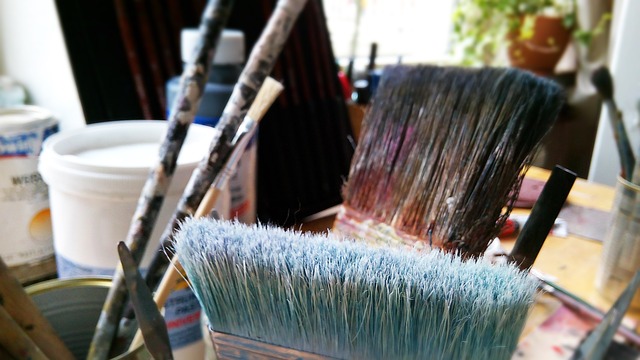
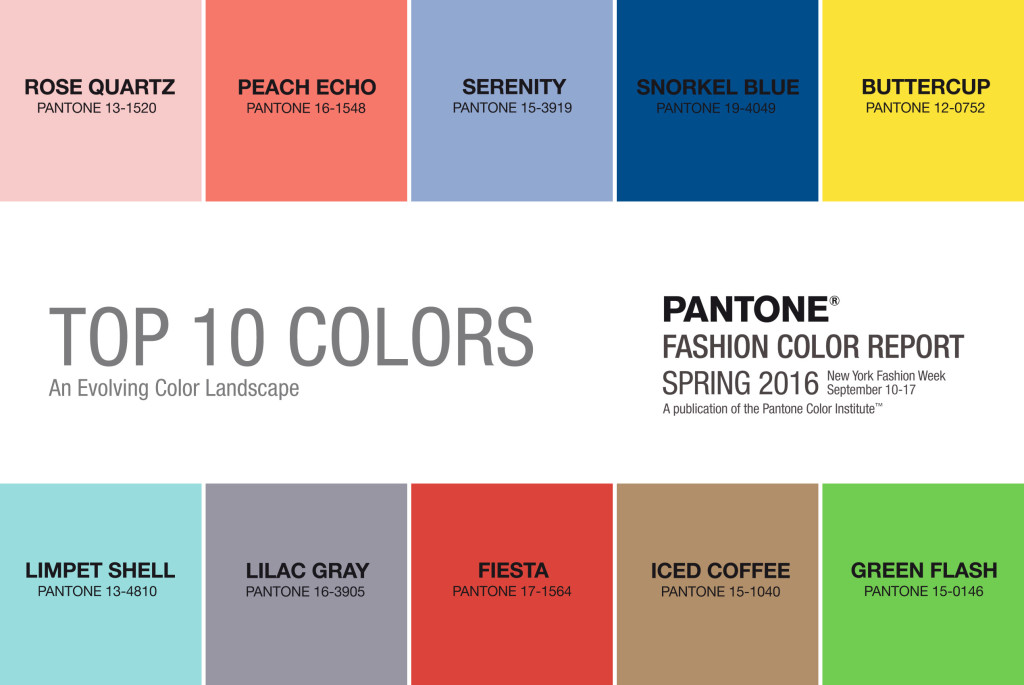
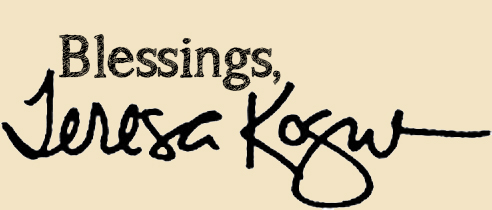

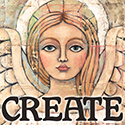

{ 0 comments… add one now }